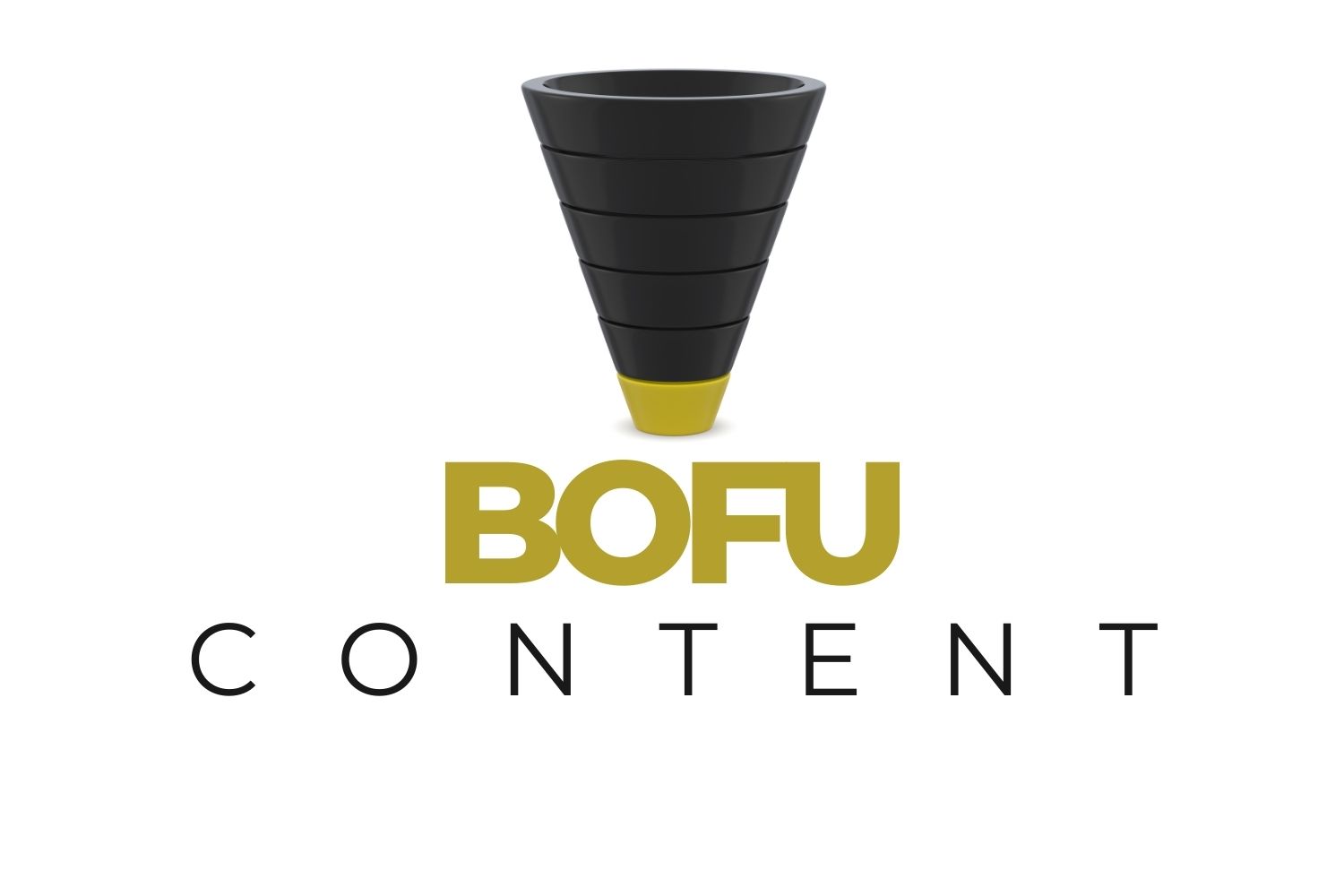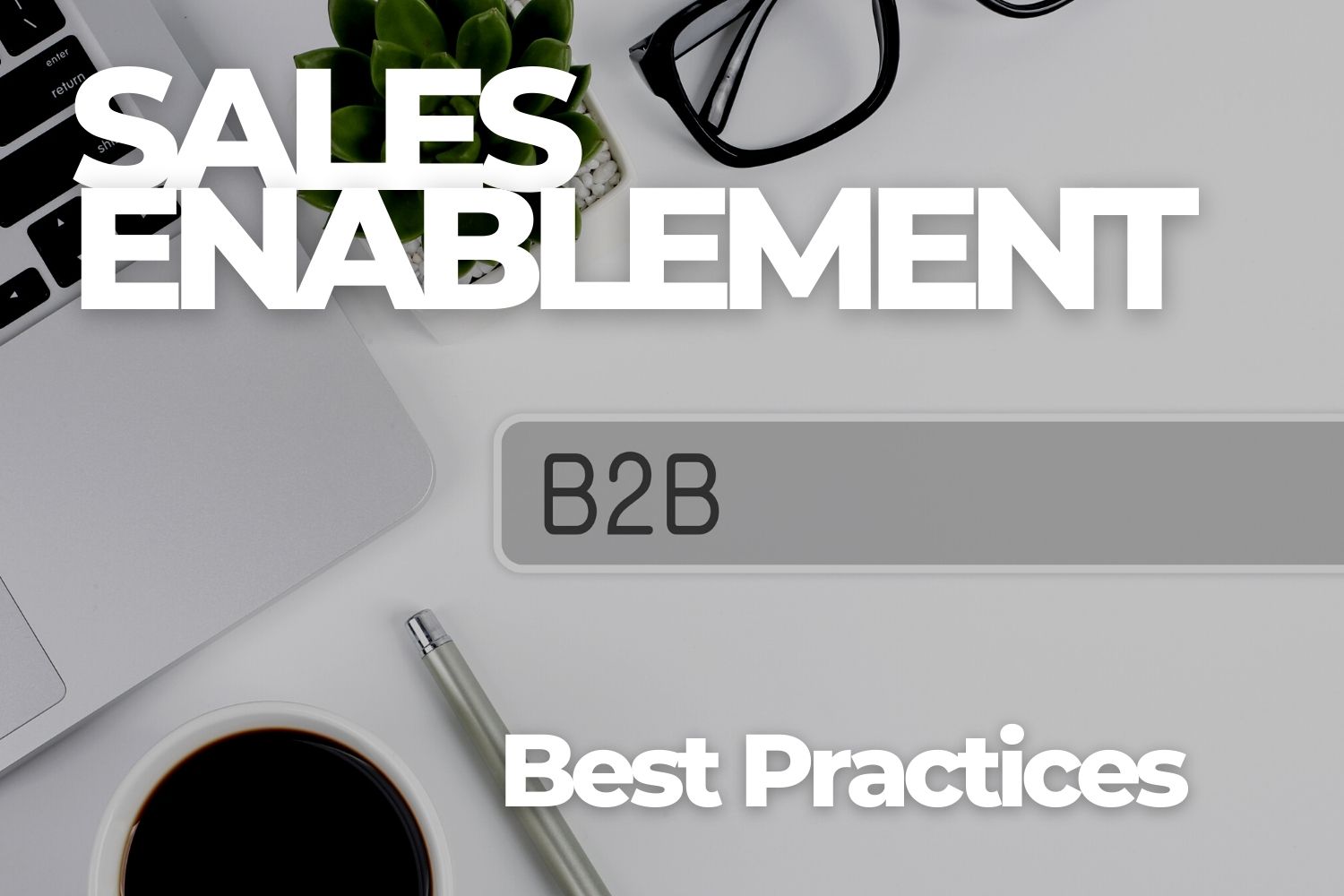It’s not everyday I field a question as great as this one, though I wish it was.
I had just begun discussing the making of a content marketing plan for a new client when he chimed in with this killer question.
I felt pretty good about my answer. I said you have to listen. As you might have guessed, he then wanted to know what you listen to. I said: to your customers, your prospects, to any and all voices across the landscape of your industry.
Listening wasn’t always as easy as it is now.
My marketing career predates the social web by umpteen years. So I speak from experience when I tell you advertising and marketing folks didn’t find it so easy to be astute listeners pre-web.
Of course, even if we conducted market research, we weren’t really listening. We mostly tested our hunches. In focus groups and with polls or questionnaires, we might have been aiming to take the temperature of the target market, but the objective wasn’t to deliver content that would be valuable to them. The goal was to confirm our thinking and then create messages that would be valuable to our clients or the companies we worked for.
That’s changed. Today, savvy marketers recognize you don’t build successful brands without building relationships. And you don’t build relationships without listening. That’s age-old wisdom. But marketing has become a dialogue. That’s a fairly new realization.
Social media provides the ultimate feedback loop.
The sentence above comes from a paper by PR Newswire titled “Active Listening: The Key to Relevance and PR Results.” The paper made it fairly easy for me to deliver some of the insights that follow.
I shall quote ‘em verbatim to begin:
True leadership is always an exercise in listening before taking action. In social media, the most effective thought leaders listen extensively to social media, monitor their competitors’ sites and follow their target audiences’ online behaviors to identify shifting trends.
And what do you stand to learn by listening via social media?
- Your target market’s needs
- The questions being asked
- Topics of which you’ll establish authority on
- What your competitors are saying and doing
- Where your brand stands
- The vocabulary of your industry
- What’s hot and what’s not
- The types of content being produced
- Who the influencers are
- Which social channels and websites are most relevant
- How to best engage with your target market
This is where your content should come from.
Back to the question this article is meant to be the answer to…
By actively listening (observing) the interactions taking place, you gain the insights needed to create relevant content and spark conversation. Your goal is to engage the audience, join the conversation, and ultimately, earn a larger media footprint and join the ranks of industry influencer.
Tuning into Twitter is a very logical place to start. Once there, you’ll find relevant dialogue in the various blogs and social sites where you belong. If this is new to you, the lesson sinks in fast when you start hanging out, listening, and eventually, chiming in on Twitter.
I find LinkedIn’s many resources and services tremendously helpful, especially LinkedIn Answers and LinkedIn Groups. The “Answers” feature makes it easy to tap into the knowledge of your professional network and members from across LinkedIn. I often mention how useful LinkedIn Answers is for social listening, research and a number of other things to my clients and come to find they had never heard of, or tried, the service. Try it.
Jason Falls offers a succinct “how to” regarding LinkedIn Answers here.
Once you zero-in on a subject you’ll benefit from listening “to,” you should join—or even start—a LinkedIn Group. Use the LinkedIn search field to find your first group or two and you’ll be off to races. As I like to say about any social media, you get out of it what you put into it. Put some effort into engaging in relevant LinkedIn Groups. You won’t be sorry.
HubSpot’s Anum Hussain wrote a helpful article on the benefits of LinkedIn Groups here.
Let’s get serious now.
So you understand the value of active listening, how important it is to forming and managing a steady stream of useful content, and you’ve begun to learn about some helpful tools for getting started.
Want to notch it up? It’s surprisingly easy to move into the big leagues of online listening. To do so, you set up a social media listening dashboard. Seriously.
For this task, you’re going to put a handful of powerful and free tools to use and assemble a central dashboard with Google Reader. It takes just a few minutes, will save you oodles of time every day, and make active listening remarkably useful for your content marketing efforts. Help yourself to a well-written tutorial here: “How to Set Up Your Social Media Listening Dashboard.”
We could all be better listeners.
Listen more closely. Listen more often. Seek to understand.
Whether it’s Stephen Covey telling us about how highly effective people make it a habit or Dale Carnegie professing how vital it is to winning friends and influencing people, we’re reminded to become better listeners often.
It sounds so simple. Too simple to dwell on in an article? I think not. When you take the fundamentals for granted, you lose. Legendary coach John Wooden reminds us it’s most often 2-foot layups where basketball games are won and lost. You think they shot layups at UCLA practices?
Practice listening. Believe me, I‘m not going to tell you it’s my strongest suit. However, I will tell you I’m working on it. I believe 1,000 words ago, I mentioned a client asked me, “How do you continue to generate useful content?” Had I not been listening, I wouldn’t have generated this article. I hope you found it useful.
If you have questions or comments, go for it. We’re listening.








Comments
Barry Feldman
Keep listening… http://www.purematter.com/blog/social-listening-and-why-its-so-important-ibm-interview-with-bryan-kramer/
(An interview on this subject.)
Matthew Loomis
Good stuff, Barry. I should listen to the suggestion you gave me and write that blog article. 🙂